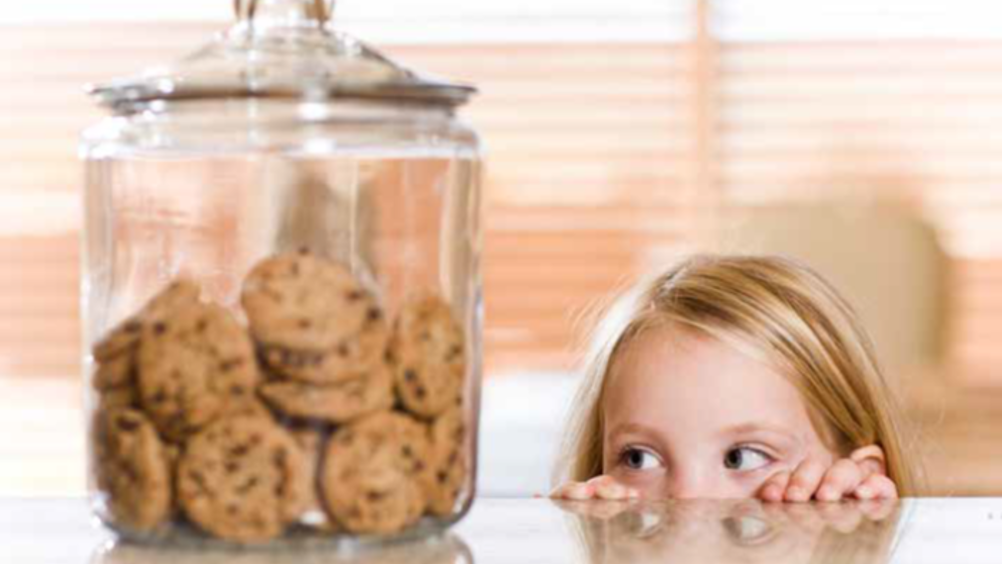A new wave of childhood tooth decay

Michael Sultan discusses the impact the pandemic has had on oral health.
Michael Sultan discusses the impact the pandemic has had on oral health.
In the past few years, children’s oral health has been a hot topic. Both the government and the dental industry have looked at ways to help younger children to avoid tooth decay, implementing anti-obesity schemes, sugar taxes and other measures. Yet something happened which no one had predicted or prepared for – the pandemic.
Now it seems likely that there will be a huge increase in childhood tooth decay once more. In fact, one article I stumbled across suggested that almost half of parents surveyed admitted that their children had missed a dental appointment since the lockdown restrictions were put in place, giving professionals reason to believe that once children do return for a check-up, they will be seeing much more decay.
So, why has the pandemic been so challenging for parents? For starters, the biggest restriction parents have probably faced during the pandemic thus far in regards to their children’s oral health has inevitably been that dentists have not all been open to provide full services. In the first lockdown period, many practices had to completely pause services and only offer emergency solutions. As such, this means that many children likely missed appointments during this period.
Register now to continue reading
WHAT’S INCLUDED
-
Unlimited access to the latest news, articles and video content
-
Monthly email newsletter
-
Podcasts and members benefits, coming soon!

